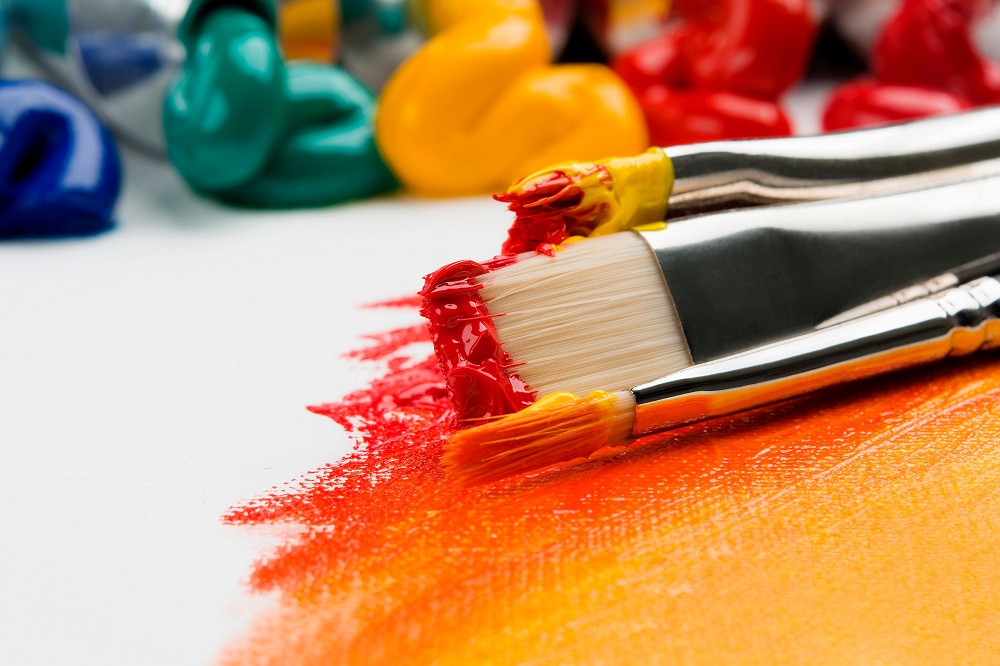Fine art is a discipline involving pieces and materials that have been considered some of the greatest works of the world’s greatest artists. In some contexts, it can be applied to historical artifacts that give people a peek into the world’s and humanity’s past. These are the very reasons fine art is essential. It’s not just for the sake of aesthetics but also for archiving.
However, some beautiful art pieces have been damaged either by men or by nature. And it’s the job of some experts to restore them, a process considered to be more than painstaking and complicated — akin to the digital retouching of jewelry photos and film editing.
If you are interested in how fine art restoration works, here are some things that you can check:
Analyzing the Work
Before any hands-on or real work is done on the painting, restoration experts will have to conduct a thorough assessment of the materials. Conservationists have to be knowledgeable in different art and period styles (Baroque, Impressionism, etc.). This will help them apply the right kind of painting technique, restoration materials, and paint that will be suitable for the surface. Some art conservation and restoration companies use ultraviolet right to see if there has been a previous restoration.
Dealing with Varnish
The next step would be the thorough cleaning of the painting. This is a laborious and painstaking job, as the conservationists will need to remove layers of varnish that have been applied during the previous restoration. When these layers of old varnish are removed, that’s when you will be able to see the real appearance or beauty of the painting. This stage can be particularly frightening for both conservationists and the owner of the painting — but the work has to be done!
Repairing the Material
 At this phase, many art conservationists adopt different techniques. But all of them are designed to extend the life of the painting. Once the cleaning of the painting is done, the first layer of varnish can be applied to the surface. This makes future restoration and repairs possible without affecting the original layer of the colors.
At this phase, many art conservationists adopt different techniques. But all of them are designed to extend the life of the painting. Once the cleaning of the painting is done, the first layer of varnish can be applied to the surface. This makes future restoration and repairs possible without affecting the original layer of the colors.
The application of the color pigments is also done in this process. The application technique and brushstrokes will be largely dependent on the aesthetics or technique of the era where the painting came from. So for instance, if you are restoring a Van Gogh painting, pigments and application should match the impasto technique that he employed.
Finishing the Job
When the retouching and repairing are done, the conservationists will then have to apply high-quality varnish to protect the work. Depending on the person handling the restoration and the type of material, the varnish is either applied by hand or through a spray. Different finishes can also be decided upon in this stage.
Admiring the Work of Art
The hours and effort dedicated to this craft make it a type of fine art itself. The pieces that you see in museums will make you realize that not just one artist has worked on them. Several hands and minds of conservationists have become part of their enduring beauty.

